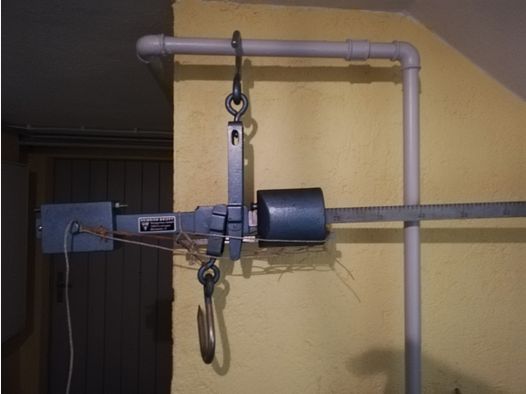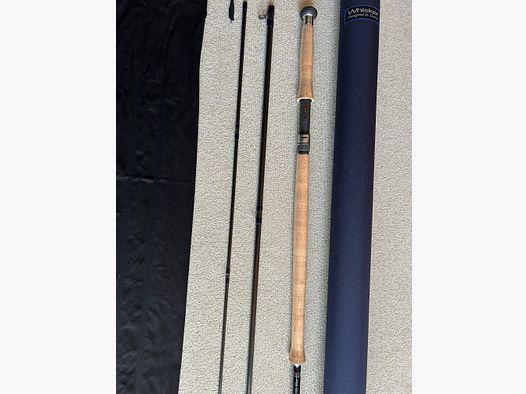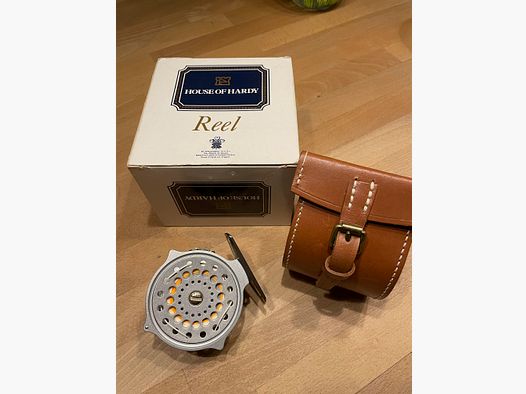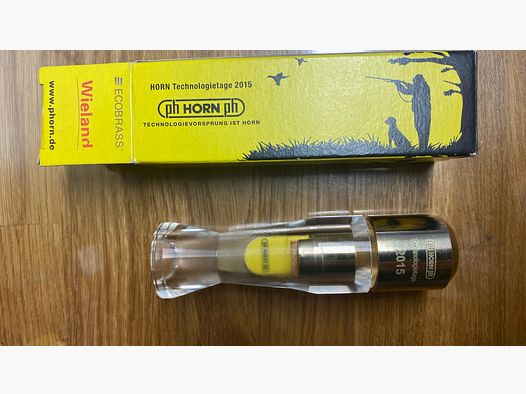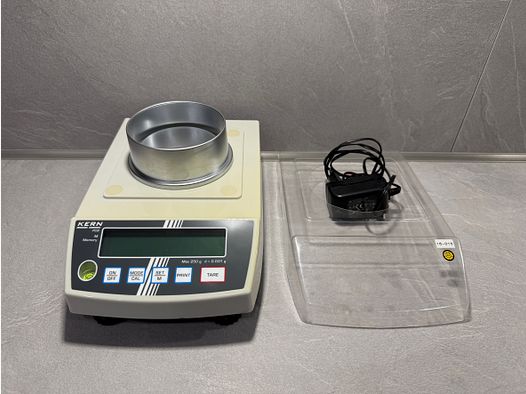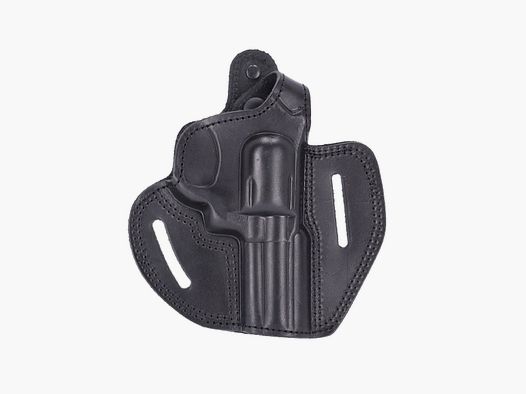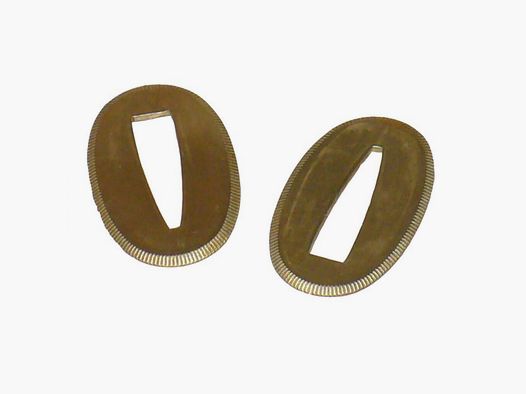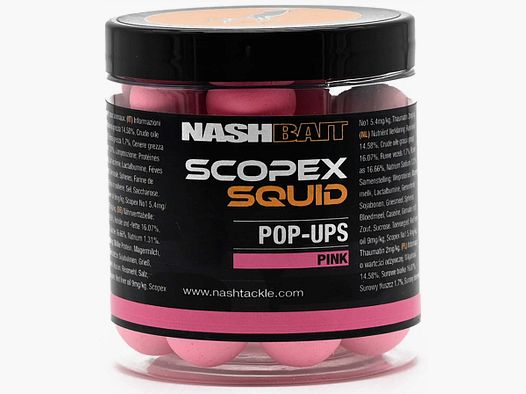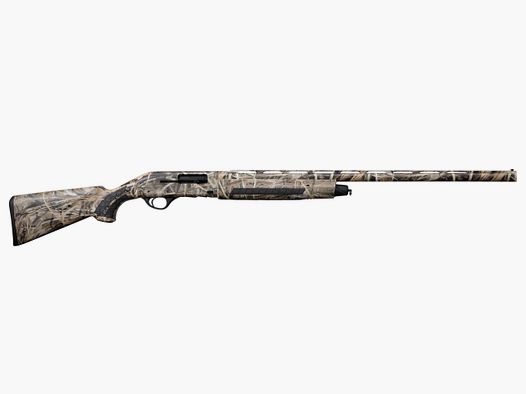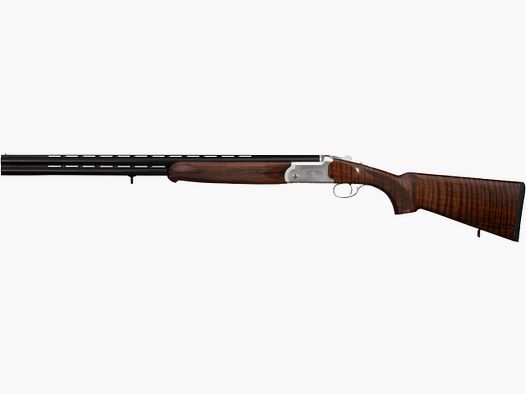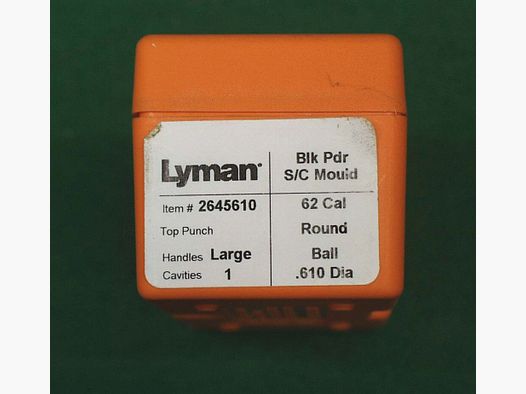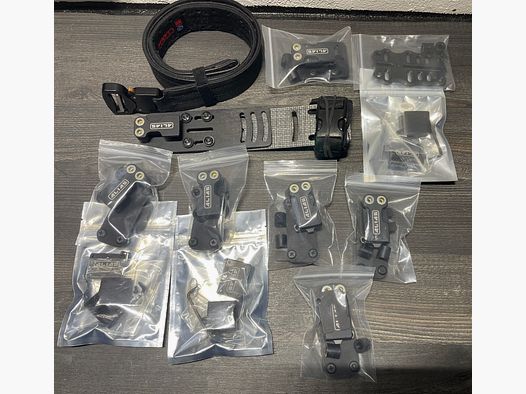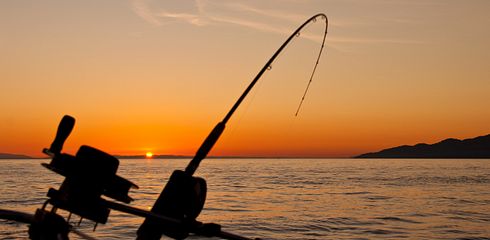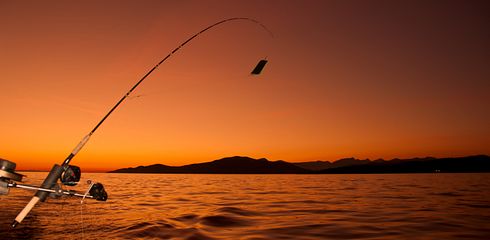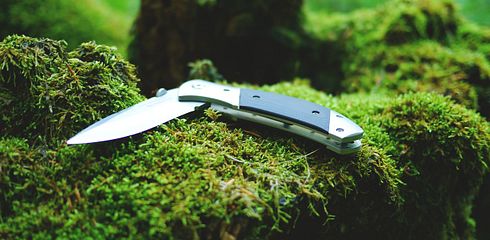The choice of the right fishing rod is a crucial step for any angler seeking success at the water. However, with a variety of fishing rods on the market, making a selection can be a challenging task. In this comprehensive guide, we will take a look at different types of fishing rods, their specific characteristics, and the key considerations that should be taken into account when choosing to ensure that anglers find the rod that best meets their individual needs.
There are several basic types of fishing rods, each optimized for specific fishing techniques and fish species. Spinning rods, for example, are considered versatile and are particularly well-suited for fishing with artificial lures. Fly rods, on the other hand, are specialized for the demanding sport of fly fishing and require specific techniques as well as consideration of the different "line classes." Carp rods, in turn, are designed to meet the challenges of carp fishing by offering robustness and a long casting distance.
The choice of the right rod depends on various factors. The length of the rod plays a crucial role – shorter rods are well-suited for tight waters or boat fishing, while longer rods allow for greater casting distance and are ideal for bank fishing. The action of the rod, meaning its bending behavior, varies from fast to medium to slow and affects the casting distance as well as the response to bites. The material of the rod, whether graphite, fiberglass, or carbon fiber, influences weight, sensitivity, and strength.
Reel seats, grips, transport options, and storage are additional aspects that should be considered when making a selection. The quality of the reel seat affects the stability of the reel, while cork grips provide good grip and comfort. The type of rod, whether telescopic, two-piece, or multi-piece, influences transport options and the required storage space.
After purchase, regular care and maintenance of the fishing rod is essential. This includes thorough cleaning after each use, especially when fishing in saltwater, as well as checking for possible damage to guides or the rod structure. Proper storage, ideally in a protective bag, and regular checks for breaks or cracks ensure a long lifespan and optimal performance of the fishing rod.
Overall, the selection of the right fishing rod is of central importance for a successful fishing experience. By considering the factors mentioned, anglers can ensure that their rod not only meets their individual needs but also contributes to a pleasant and effective fishing experience.




